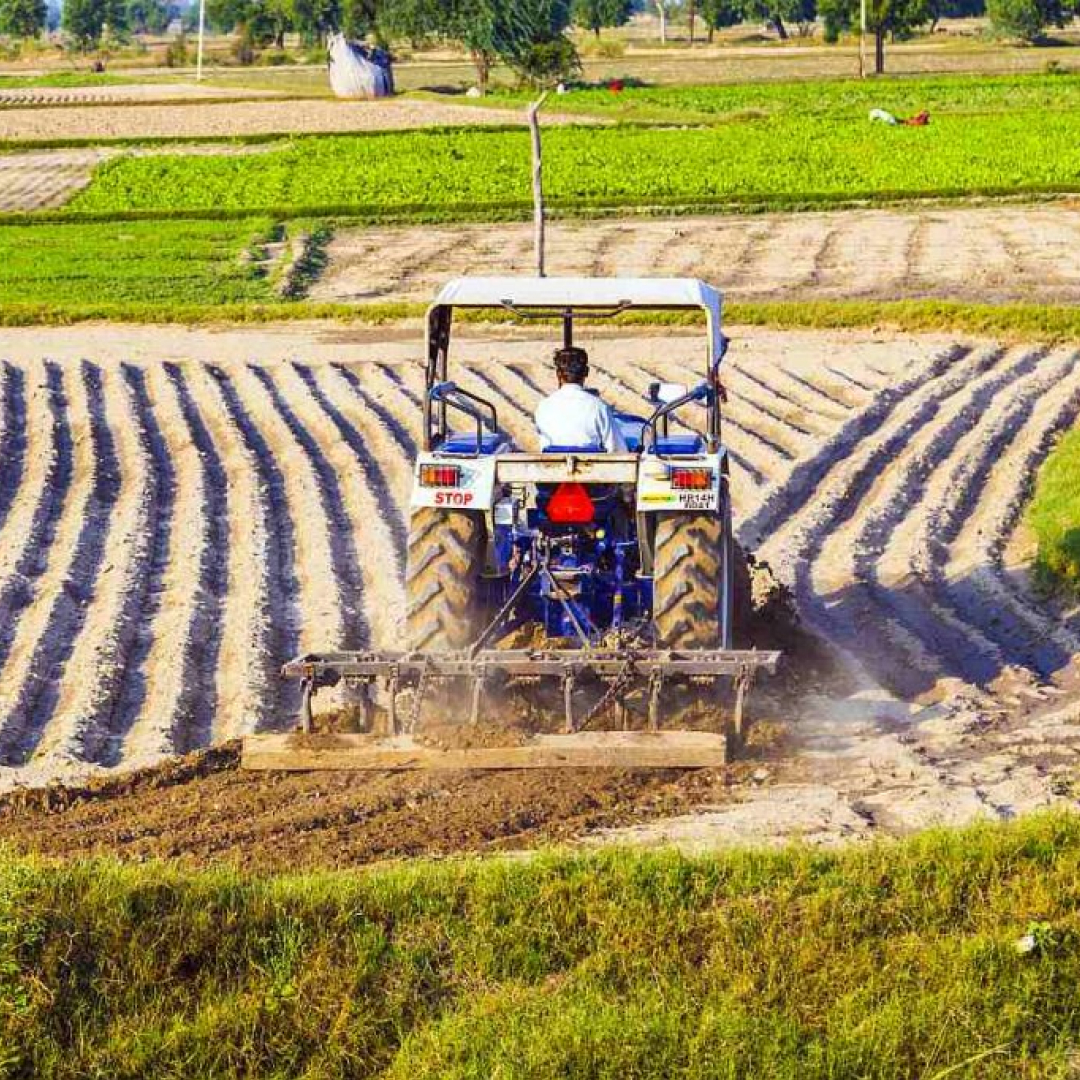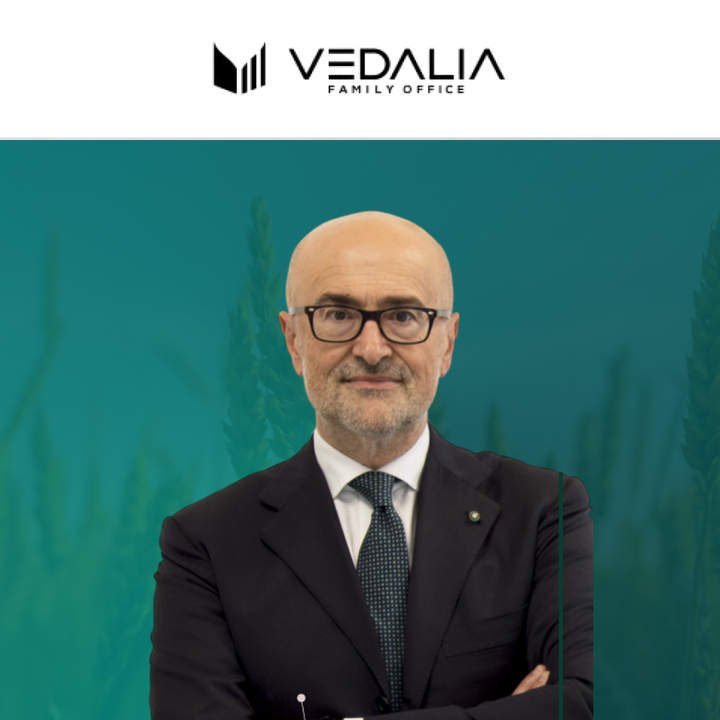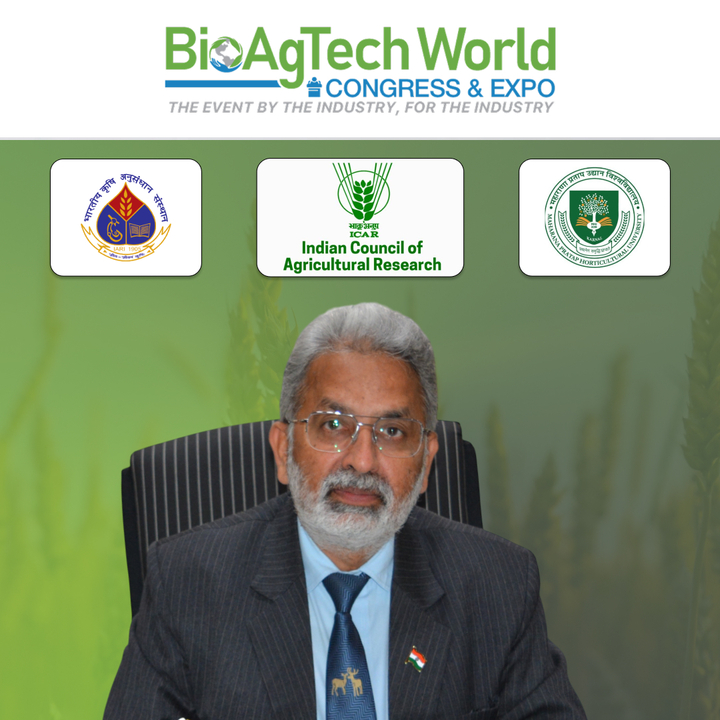
The smart agriculture industry is experiencing significant growth, projected to expand from USD 16.2 billion in 2023 to USD 25.4 billion by 2028, at a compound annual growth rate (CAGR) of 9.4%. This growth is driven by the increasing adoption of modern technologies, such as IoT, ROVs, and AI, which are revolutionizing farming practices, including aquaculture.
On the basis of segment
HVAC Management Leads the Smart Greenhouse Segment
In 2022, the HVAC management segment held the largest share of the smart greenhouse industry. HVAC systems are critical in smart greenhouses for maintaining ideal temperatures, ensuring optimal plant growth, and mitigating the adverse effects of external temperature changes. These systems are especially necessary in regions with significant temperature variations between summer and winter, allowing for year-round cultivation. The HVAC management segment is expected to continue leading the smart greenhouse market during the forecast period.
Orchid Farming -A Rapidly Growing Segment
Orchid farming is projected to grow at the highest CAGR within the smart agriculture industry during the forecast period. Orchids are highly valued as cut flowers and decorative potted plants, making them a significant part of the global floriculture industry. They are also commercially traded for medicinal purposes and as a food source. The increasing global demand for high-quality orchids presents substantial opportunities for farmers, making orchid farming the fastest-growing segment in the industry.
On the basis of Region
The Americas- The Largest Regional Market
The Americas accounted for the largest share of the smart agriculture industry in 2022 and are expected to maintain this leadership during the forecast period. The region’s growth is attributed to the early adoption of advanced technologies, including IoT, AI, and farm monitoring devices, which enhance crop production, improve management practices, and optimize the use of resources like water and fertilizers. This technological adoption helps reduce operational costs, enhance soil productivity, and meet the rising food demand driven by the growing population.
The smart agriculture industry is poised for substantial growth as it continues to integrate cutting-edge technologies that address the challenges of modern farming. With key segments like HVAC management and orchid farming leading the way, and the Americas dominating the regional landscape, the future of agriculture looks increasingly smart and sustainable.
Key Players in the Smart Agriculture Landscape
Several companies are at the forefront of the smart agriculture revolution, driving innovation and market expansion. Key players include:
- Deere & Company (US): A leader in agricultural machinery, Deere & Company integrates advanced technology into its products, enhancing farm management and productivity.
- Trimble Inc. (US): Known for its precision agriculture solutions, Trimble provides tools that help farmers optimize field operations.
- AGCO Corporation (US): Specializing in agricultural equipment, AGCO is dedicated to developing sustainable and efficient farming solutions.
- Topcon Positioning Systems (US): Offers positioning and workflow automation solutions that improve farm management and reduce environmental impact.
- DeLaval (Sweden) and Allflex Livestock Intelligence (US): Both companies focus on smart livestock management, improving animal welfare and farm profitability through technology.
- AKVA Group (Norway): A leader in aquaculture, providing solutions that enhance fish farming operations.
- Innovasea Systems Inc. (US) and Afimilk Ltd. (Israel): These companies specialize in aquaculture and dairy management technologies, respectively.
- Heliospectra AB (Sweden): Known for its smart lighting solutions that optimize plant growth in greenhouses.
The Road Ahead
The smart agriculture industry is poised for significant growth, driven by technological advancements and a global push towards more sustainable farming practices. As the sector continues to evolve, innovations in precision farming, greenhouse management, and livestock monitoring will play critical roles in meeting the challenges of modern agriculture. For farmers and agribusinesses, embracing smart agriculture is not just about staying competitive—it’s about shaping the future of food production and sustainability on a global scale.
This growth story underscores the immense potential of smart agriculture to transform traditional farming practices, making agriculture more efficient, sustainable, and responsive to the world’s needs. The future of farming is bright, connected, and smart.
Source- Smart agriculture







Leave a Reply